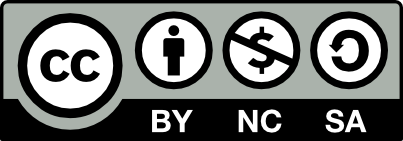Please use this identifier to cite or link to this item:
http://hdl.handle.net/10609/148753
| Title: | Detección de fraude alimentario en leche: Análisis de especiación de leche y detección de leche de cabra adulterada con leches de menor calidad, empleando aprendizaje automático e implementación en aplicación web |
| Other Titles: | Detecció de frau alimentari en llet: Anàlisi d’especiació de llet i detecció de llet de cabra adulterada amb llets de qualitat menor, emprant aprenentatge automàtic i implementació en aplicació web Food fraud detection in milk: Milk speciation analisys and detection of adulterated goat milk with lower quality milk, using machine learning and implementation in web-based aplication |
| Author: | López González, Miguel Ángel |
| Tutor: | Rebrij, Romina |
| Others: | Ventrua Royo, Carles |
| Abstract: | Food fraud is a risk that compromises the quality and safety of food and involves an economic disadvantage. This work carries out a study of speciation and adulteration of milk from mass spectrometry data. It aims to find the most efficient models and implement them into a tool that facilitate the detection of fraud in milk. The following algorithms have been used: support vector machines (SVM), artificial neural networks (NN) and random forests (RF), from which several models with different parameters where designed. High dimensionality of data and scarcity of samples involved sample increasing using the SMOTE technique and also involved dimension reduction by principal component analysis (PCA). The application of these techniques together and separately has generated four working scenarios. The determination of the best model was based on accuracy, Kappa, sensitivity, and specificity metrics, as well as the prioritization of simplest model. SVM models with linear kernel were chosen as optimal, achieving 100% accuracy in speciation and 96.3% in adulteration. The ability of selected models to detect fraud in milk with a minimum accuracy of 90% has been demonstrated. It is also demonstrated that reducing dimensions and increasing data is the best scenario, improving efficiency. Therefore, it was found that PCA and SMOTE are good techniques for this aim. Finally, the selected models were implemented in a web-based tool, making accessible milk fraud checking in a simple and fast way. |
| Keywords: | machine learning food fraud food adulteration milk food safety support vector machines artificial neural networks random forests bionformatics biostatistics |
| Document type: | info:eu-repo/semantics/masterThesis |
| Issue Date: | 20-Jun-2023 |
| Publication license: | http://creativecommons.org/licenses/by-nc-sa/3.0/es/  |
| Appears in Collections: | Trabajos finales de carrera, trabajos de investigación, etc. |
Files in This Item:
| File | Description | Size | Format | |
|---|---|---|---|---|
| malopezgonzalezTFM0623memoria.pdf | Memoria del TFM | 1,92 MB | Adobe PDF |  View/Open |
Share:
 Google Scholar
Google Scholar
 Microsoft Academic
Microsoft Academic
This item is licensed under aCreative Commons License


